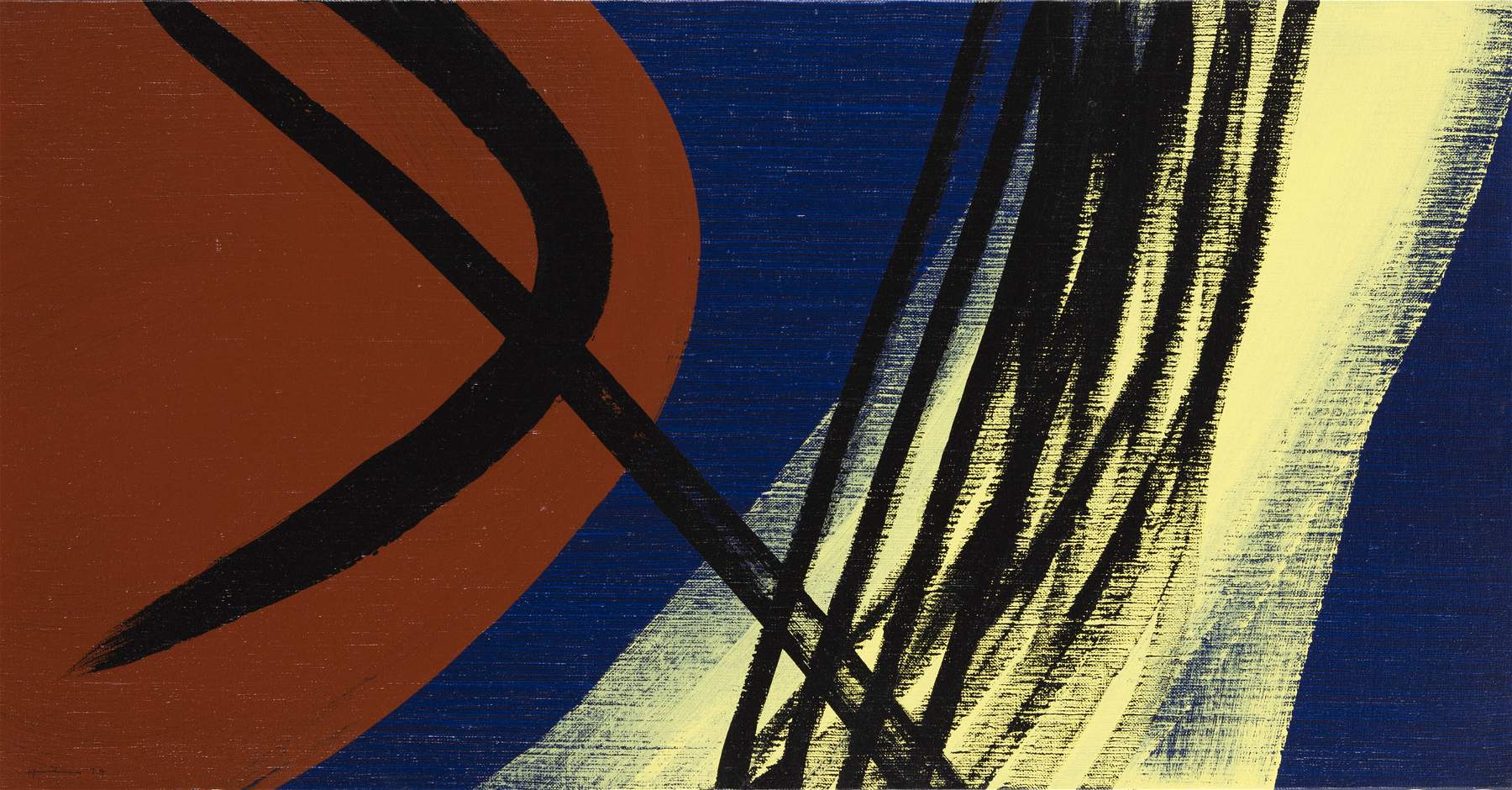The works of the great German painter Hans Hartung (Leipzig, 1904 - Antibes, 1989) will be exhibited at the National Gallery of Umbria in Perugia. Hartung first came to Italy in 1926, and here he visited iconic cities such as Venice and Florence and was particularly struck by the landscapes of MountEtna. Venice was the Italian place he was most fond of, so much so that he participated in the Biennale on numerous occasions between 1948 and 1984, even winning the Golden Lion in 1960.
The exhibition is titled Hans Hartung . Polyptychs and is curated by Marco Pierini, director of the National Gallery.Itwillbe on view from September 24, 2017 to January 7, 2018, and features forty works on paper and sixteen large paintings (six of which have never been exhibited), dating from between 1961 and 1988. They are being exhibited in Perugia for the first time as a homogeneous series. The Gallery, with its many medieval and Renaissance polyptychs, provides a suitable place to host such an exhibition, since Hans Hartung’s polyptiques (which he identified as such: he wrote this term on the back of the paintings) come into being in a similar way to their counterparts from six to seven centuries earlier.
Opening hours: Mondays from 12 noon to 7:30 p.m., Tuesdays to Sundays from 8:30 a.m. to 7:30 p.m., full ticket price €8, reduced ticket price €4. Catalog published by Mainz Editore with texts by Marco Pierini, Thomas Schlesser, president of Fondation Hartung-Bergman, Marco Vallora and Elsa Hougue, curator of Fondation Hartung-Bergman.
Image: Hans Hartung, T1974-E28 T1974-E29 (1974; acrylic on canvas, 50 x 220 cm; Hartung-Bergman Foundation Collection)
 |
| Hans Hartung stars at the National Gallery of Umbria |
Warning: the translation into English of the original Italian article was created using automatic tools. We undertake to review all articles, but we do not guarantee the total absence of inaccuracies in the translation due to the program. You can find the original by clicking on the ITA button. If you find any mistake,please contact us.